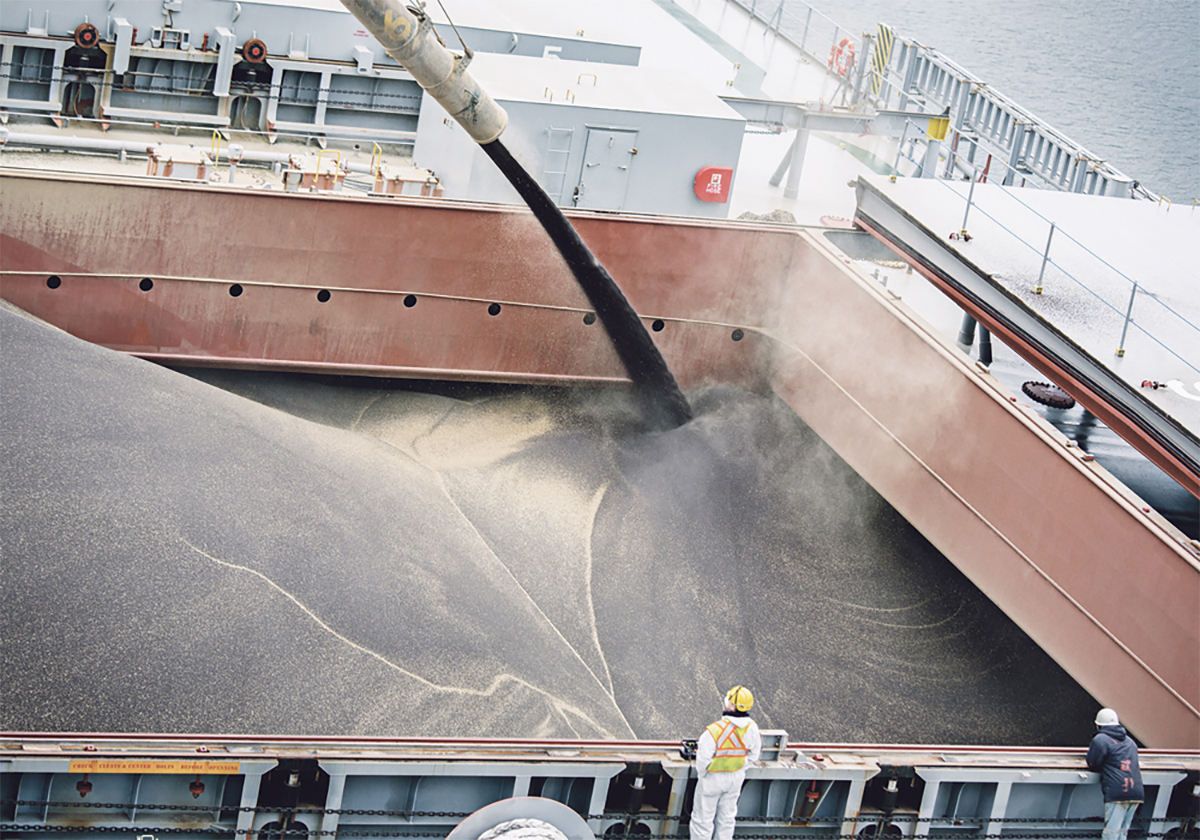SASKATOON — China may offset a reduction in Canadian canola meal and oil imports with increased seed purchases, according to the U.S. Department of Agriculture.
China slapped a 100 per cent tariff on Canadian oil and meal effective March 20, shutting down trade in those two commodities.
“Post anticipates additional imports of canola to replace the canola meal and oil that will be blocked by China’s high retaliatory tariffs,” the USDA’s Foreign Agricultural Service (FAS) stated in a recent report.
Read Also

Forecast leans toward cooling trend
July saw below average temperatures, August came in with near to slightly above average temperatures and September built on this warming trend with well above average temperatures for the month.
“The pace of imports is projected to slow, though, as some larger players may remain wary of importing more.”
Buyers are nervous about China’s anti-dumping investigation on imports of Canadian canola seed that was launched in September of 2024. The investigation is “casting uncertainty” on future imports.
“Industry contacts report that some larger importers have reduced their exposure to policy related trade disruption by reducing imports from Canada,” stated the report.
“In contrast, a number of small firms have accelerated imports.”
Canola imports surged during the first quarter of 2024-25, reaching 2.15 million tonnes, with Canada capturing 99 percent of that business.
The FAS is forecasting a total of 4.1 million tonnes of canola imports in 2025-26, up from four million tonnes in the current crop year.
Canola meal imports are estimated at 1.4 million tonnes, down from 2.6 million tonnes, while oil imports will rise slightly to two million tonnes from 1.9 million in 2024-25.
China’s rapeseed production is forecast at 15.9 million tonnes for 2025-26, up from 15.6 million tonnes this year based on a slight gain in seeded area and higher yields for the winter crop, which has seen warmer-than-average weather and good precipitation.
“Major rapeseed producing areas in southwest China saw 13.1 per cent higher precipitation, and the national average climate was generally favourable for rapeseed growth,” stated the FAS.
The winter crop, which is planted in November-December and harvested in April-May, accounts for 90 per cent of the country’s total rapeseed production.
However, the FAS said China’s rapeseed production numbers should be taken with a large dose of salt.
“Numerous contacts continue to assess that China’s actual rapeseed production may be much lower than the official estimates,” it said.
“For example, a credible industry source estimates 2023-24 production at 10.7 million tonnes, compared to China’s official number of 15.4 million tonnes.”
















